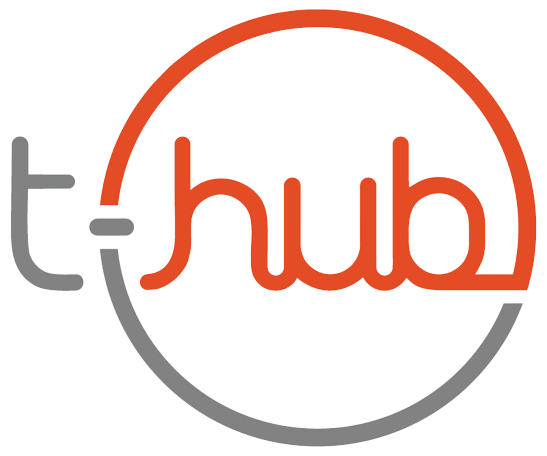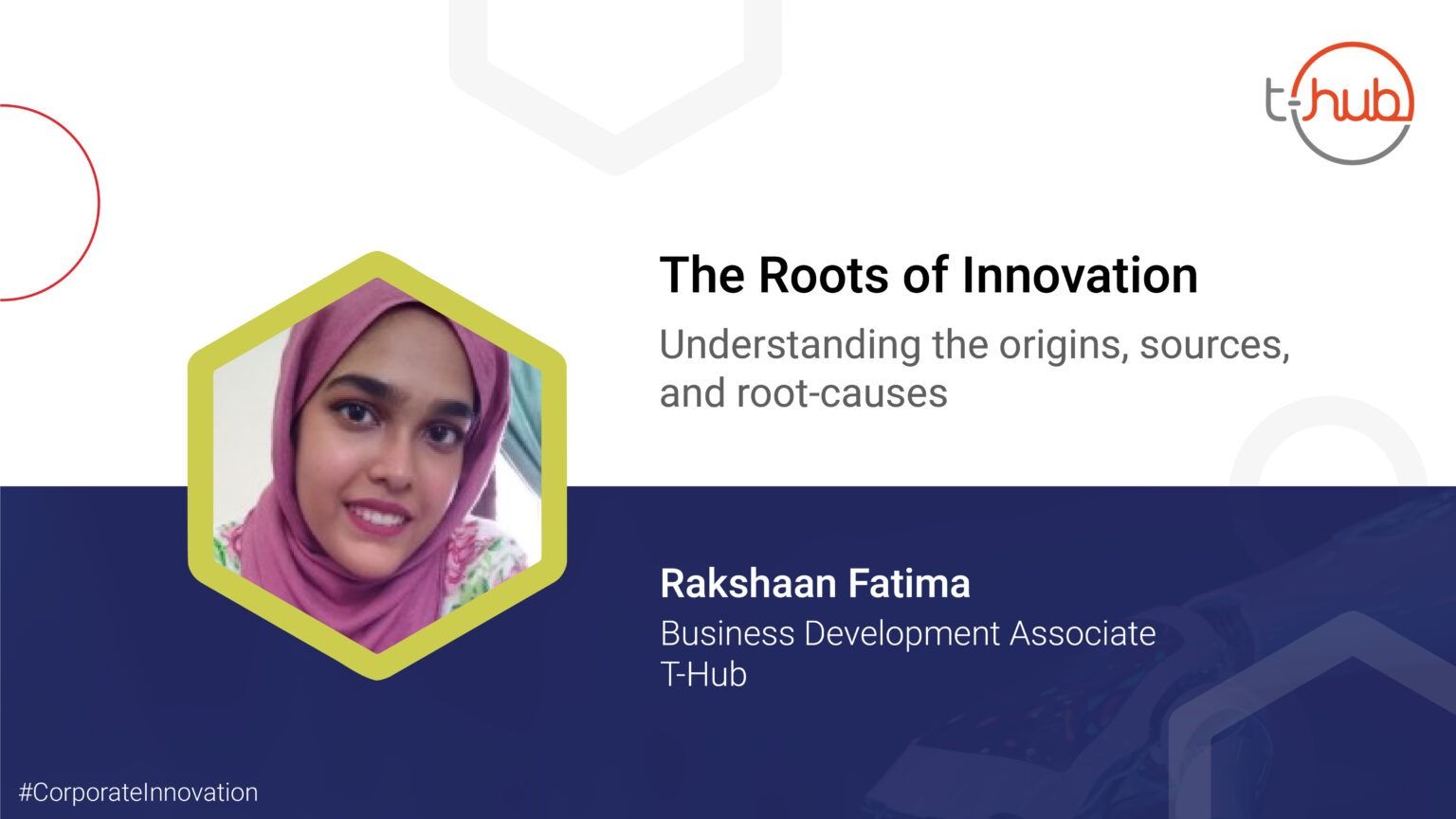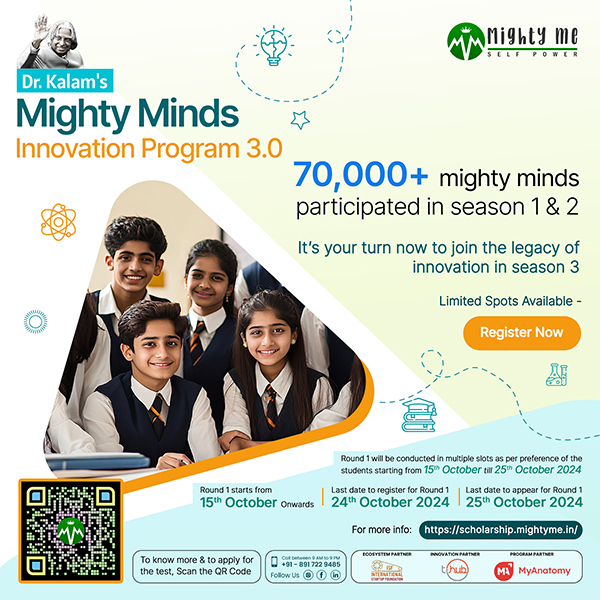Innovation is an expansive phenomenon, which is arguably subjective in nature. It is a widely known yet ill-understood concept. In order to better understand the concept of innovation, it is important to start from the roots. Therefore, this blog discusses the root causes of innovation – The occurrences and circumstances that lead to innovation.
Peter F. Drucker, renowned management consultant, and author opines that more often than not innovative business ideas arise through systemic analysis of seven zones of opportunity. These seven zones of opportunity belong to either of company level, industry level, or social/demographic level.

New Knowledge

Patently, new knowledge and information from research and development cause corresponding innovation to emerge. Most of the pivotal and historical innovations have caused by the discovery of new knowledge. An evident instance of this is Industry 4.0. Industry 4.0 is an outgrowth based on the discovery of new knowledge about IoT, cloud computing and cyber-physical systems.
However, this particular source of innovation has an extended lead time, where, the cycle of initiation to completion can last for several years or even decades. Case in point, the commencement of Industry 4.0 can be traced back to the early 1980s whereas the concept itself was officially introduced in 2011.
Industry Market Changes
Changes in industry structures and market trends are also the essential causes of innovation. Some of these changes take place gradually while others can transpire overnight. For instance, the trend of electric vehicles although not unexpected, gained momentum rather quickly. The first legal EV was delivered in 2008 by Tesla and since then Mitsubishi, Nissan, and Chevrolet followed suit.
Certain industry and market changes are sometimes accompanied by complementary regulatory changes. In such cases, the changing trends become imperative.
Process Needs

Innovations that root from process needs or requirements, many a time remain below the radar. These types of innovations generally tend to be company-specific and sometimes industry-specific. For instance, in order to prevent breakage, a glass manufacturing company introduced a process innovation where a slab of glass was submerged in a tub of liquid while moving between two assembly lines.
Process innovation is seldom evident in the final product or service, it is mostly aimed at reducing costs and improving productivity.
Incongruities
Incongruity refers to incompatibility or inconsistency within a product, service, or process. An inconsistency or gap in a system, regulation, or policy can prove to be a potent source of innovation. A good example of this can be the sharing economy, often known as the gig economy. Sharing economy disrupted the traditional B2B and B2C systems and the regulatory gap present in this space is now being amended. But until recently, companies such as Uber and Airbnb exploited this incongruity.
Unexpected Occurrences
Unexpected outcomes and occurrences, whether negative or positive, are the easiest yet one of the most overlooked sources of innovation. A noteworthy instance is when Macy’s, one of the biggest department store chains in the USA, showed unexpected growth in appliance sales. Since they were predominantly a fashion store, they started a campaign to ramp up their sales in the appliance market. Around the same time, Bloomingdales, their competitor, began targeting the appliance market and even built a new market for houseware. This ensured tremendous growth for Bloomingdales while lowering the potential for Macy’s.
This instance illustrates two different approaches to tackle unexpected occurrences and how it determines the success or setback of a corporation. I believe the joy of unexpected success, as well as the resentment of an unexpected failure, causes people to disregard this opportunity for innovation.
Demographic Changes

Demographic changes encompass changes in population, geographic locations, age distribution, occupation, and education. Such trends and changes deeply affect businesses and the economy on the whole. For instance, noticing the increasing rate of the Muslim population in the UK (from 3% in 2001 to 5% in 2011), the KFC franchise began to provide halal meat which enabled them to capture the demand.
The unambiguity of demographic trends is the most advantageous as well as the least risky source of innovation. In order to exploit these changes, corporations just need to keep a diligent eye on the trends and take timely decisions accordingly.
Changes in perception
Changes in perception are harder to detect since they aren’t concrete and apparent. While they may not alter facts, but, they alter consumer preferences. For example, the current generation has developed a strong perception of the state of the environment and climate change. This has altered consumer preferences in several industries such as automobile, fashion, food industry, travel, etc. Therefore a lot of corporations have started to shift at least their branding, leaning more towards a sustainable and eco-friendly image.
Understanding and regularly assessing these sources of innovation can provide an edge to the corporations and startups alike. As said by Peter Drucker, any form of innovation requires creativity, knowledge, and essentially, focus.
We at T-Hub help corporations innovate by designing accelerator programs, executing immersive innovation boot camps, enabling startup connections, and more. Know more, https://bit.ly/31cBi71.
You might also like my previous blog on “Exploitative Innovation Vs. Explorative Innovation”.
– Rakshaan Fatima, Business Development Associate, T-Hub






